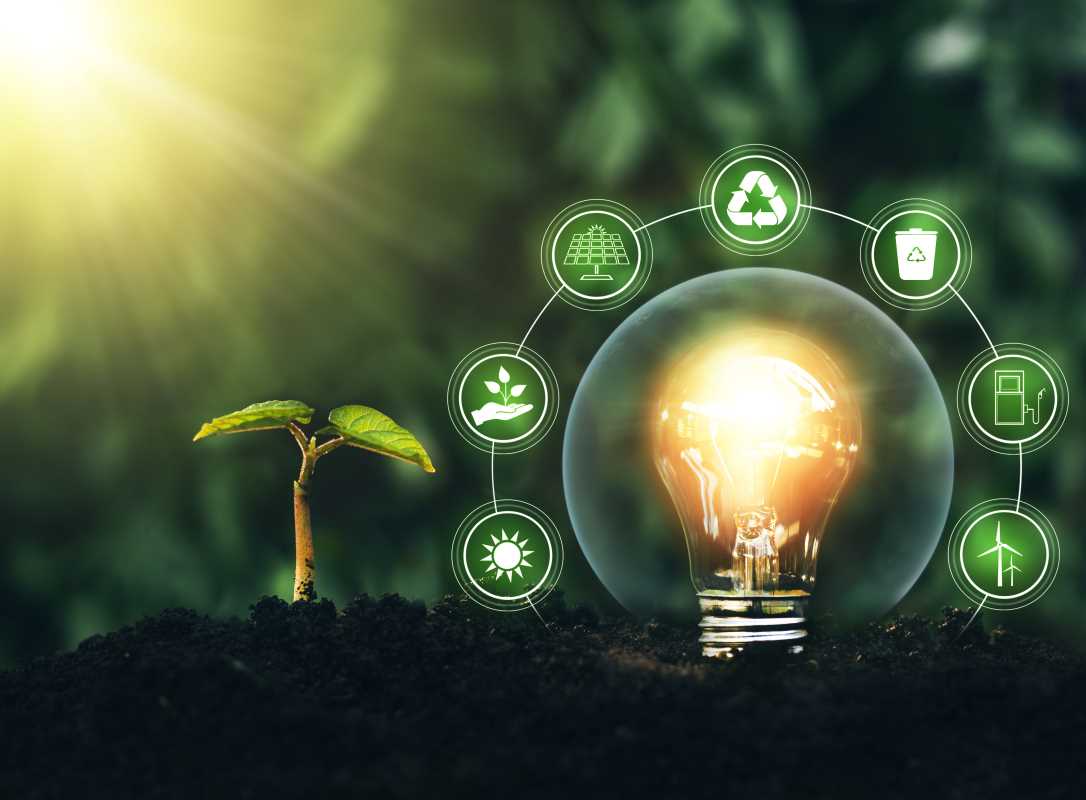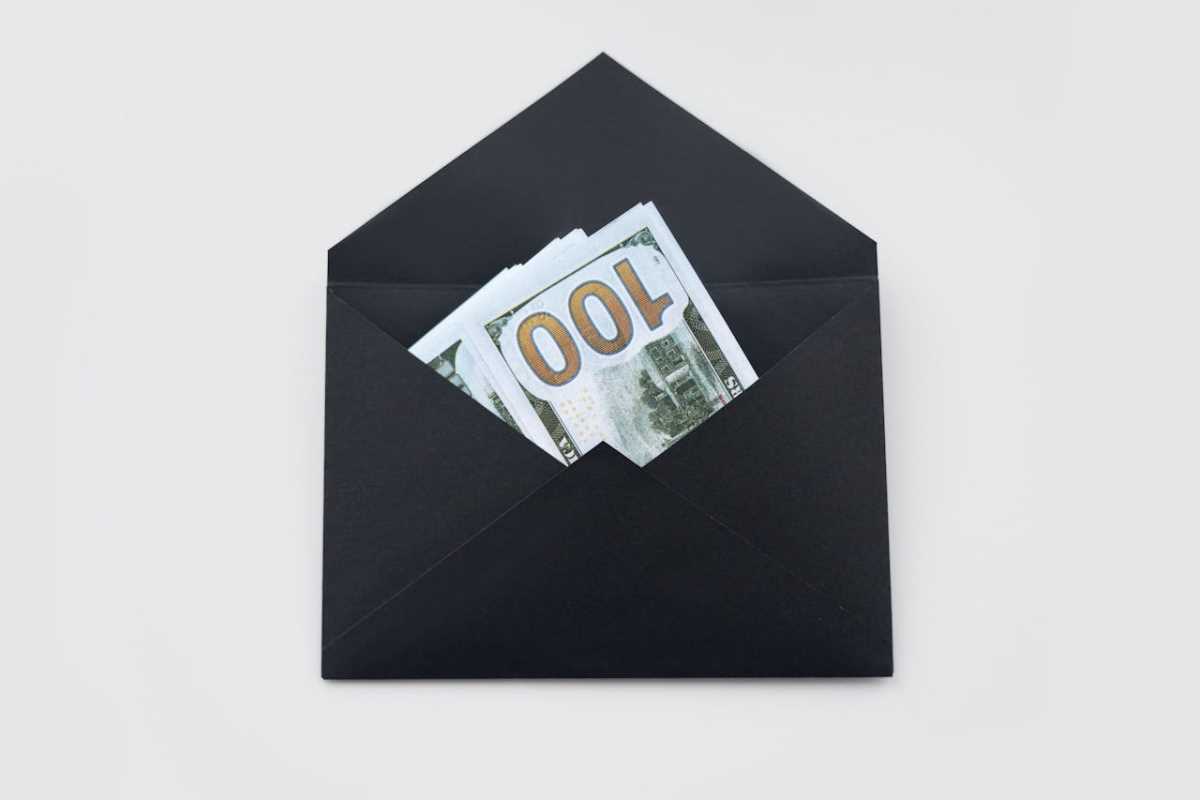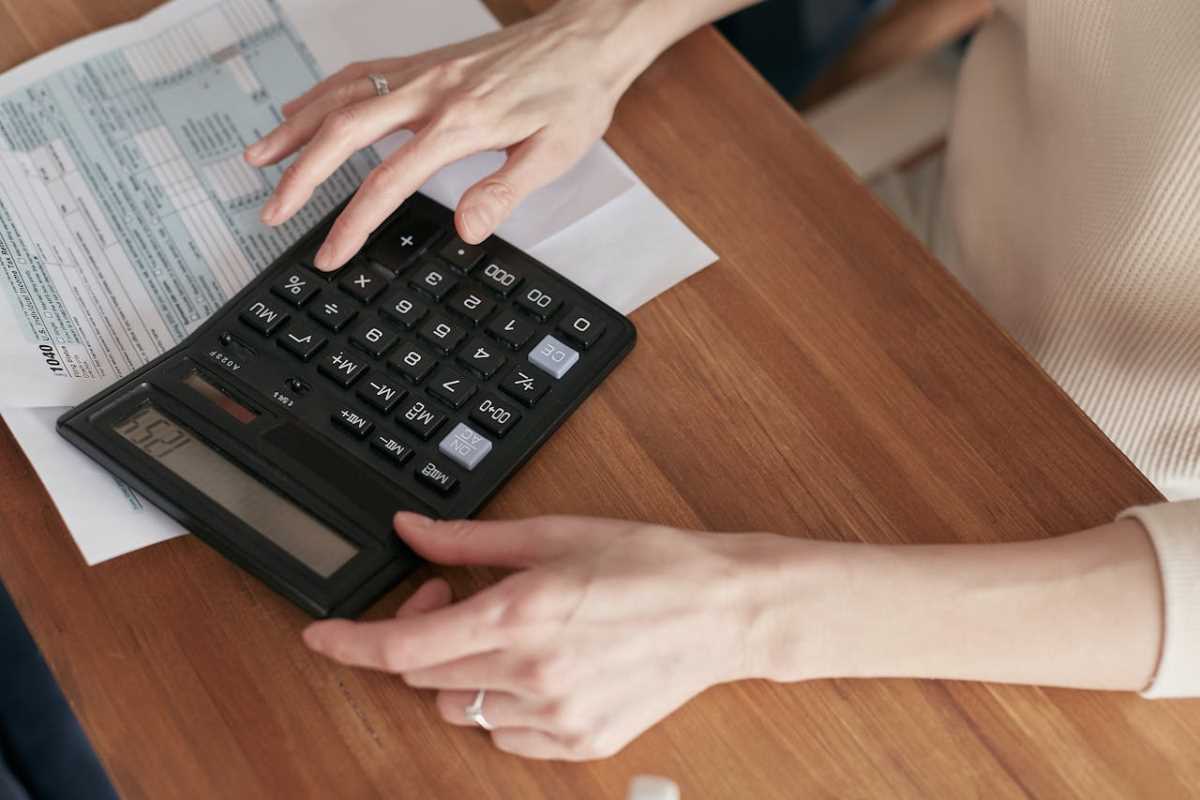Living a sustainable lifestyle often brings to mind images of expensive organic food, solar panels, and ethically made clothing with high price tags. It’s easy to assume that being eco-friendly is a luxury reserved for those with a lot of disposable income. However, this is a common misconception. A sustainable lifestyle is not about buying more "green" things; it’s about consuming more mindfully and making choices that are better for both the planet and your wallet. This is where budgeting comes in. Creating a budget for a sustainable lifestyle helps you align your financial habits with your environmental values, proving that you don't have to choose between saving money and saving the planet. In fact, the two often go hand in hand.
What is a Sustainable Budget?
A sustainable budget isn't a separate, complicated financial plan. It's simply a regular budget viewed through an environmental lens. It involves tracking your income and expenses just like any other budget, but with an added layer of intention. With every spending decision, you ask yourself not only, "Can I afford this?" but also, "What is the environmental impact of this purchase?"
The core principle of both sustainability and good budgeting is waste reduction. A budget helps you cut down on wasteful spending, while a sustainable mindset helps you cut down on material waste. When you combine them, you start to see how interconnected your financial health and the planet's health really are. You begin to prioritize spending on things that are durable, useful, and aligned with your values, while cutting back on disposable, single-use, and unnecessary items. This approach helps you spend less on clutter and more on what truly matters.
Where to Start: Tracking Your "Eco-Footprint"
The first step in any budget is to understand where your money is going. For a sustainable budget, you'll also want to understand the environmental cost of your spending. Start by tracking your expenses for a month. You can use a notebook, a spreadsheet, or a budgeting app. Group your spending into categories like groceries, transportation, utilities, shopping, and entertainment.
Once you have a clear picture of your spending, you can start to analyze it from a sustainability perspective.
Look at your grocery bills. How much are you spending on packaged, processed foods versus fresh, whole foods? How much food waste are you creating each week?
Consider your transportation costs. Are you spending a lot on gas for a daily commute that could be done by bike or public transit?
Check your utility bills. Is your electricity usage high because of inefficient appliances or habits?
This initial analysis isn't about judgment. It's about gathering information. It gives you a baseline so you can identify the areas where you can make the biggest impact—both on your bank account and on your environmental footprint.
Practical Budgeting Tips for Sustainable Living
Once you've identified your key spending areas, you can start making small, intentional changes. The goal is to make sustainable choices the easy and affordable choices.
Food: Plan, Prep, and Plant
Food is one of the areas where you can see the most immediate savings. Food waste is a huge drain on both the environment and your budget.
- Meal Planning: This is the single most effective tool. Plan your meals for the week before you go to the store. This ensures you only buy what you need, reducing both food waste and impulse purchases.
- Embrace Imperfect Produce: Many grocery stores sell "ugly" fruits and vegetables at a discount. They taste just the same but would otherwise be thrown away.
- Eat Less Meat: Meat production has a large environmental footprint and is often expensive. You don't have to go fully vegetarian, but incorporating a few meatless meals each week can significantly reduce your grocery bill and your carbon footprint.
- Grow Your Own: Even if you only have a small windowsill, you can grow herbs like basil, mint, and parsley. This saves you money on buying packaged herbs that often go bad before you can use them all.
Home and Utilities: Reduce Your Consumption
Your utility bills are a direct reflection of your resource consumption. Reducing them is a win for your wallet and the planet.
- Energy Audit: Many utility companies offer free or low-cost home energy audits to help you find air leaks and other inefficiencies. Simple fixes like weather-stripping doors and windows can lead to big savings.
- Unplug Electronics: Many modern electronics use "phantom power" even when they're turned off. Plug them into a power strip that you can switch off when not in use.
- Wash Cold: About 90% of the energy used by a washing machine goes to heating the water. Washing your clothes in cold water saves energy and helps your clothes last longer.
- DIY Cleaning Supplies: You can make effective, non-toxic household cleaners with simple ingredients like vinegar, baking soda, and water. This eliminates single-use plastic bottles and saves you a lot of money compared to brand-name cleaners.
Shopping: The "Buy It for Life" Mentality
The most sustainable product is the one you don't have to buy. When you do need to make a purchase, shifting your mindset from disposable to durable is key.
- Secondhand First: Before buying anything new, check thrift stores, consignment shops, and online marketplaces. From clothing to furniture, buying secondhand saves an item from the landfill and is almost always cheaper.
- Invest in Quality: For items you can't buy secondhand, it's often more sustainable and economical in the long run to invest in a high-quality, durable product. A well-made pair of boots that can be resoled might cost more upfront than a cheap pair, but it will last for decades, saving you from having to buy replacements every few years.
- The 30-Day Rule: For non-essential purchases, wait 30 days before buying. This simple habit helps you avoid impulse buys. After a month, you'll often find that you didn't really need the item after all.
 (Image via
(Image via





